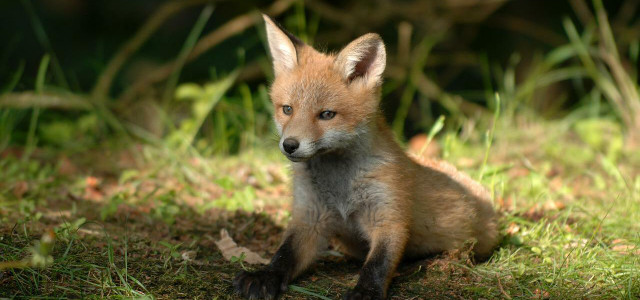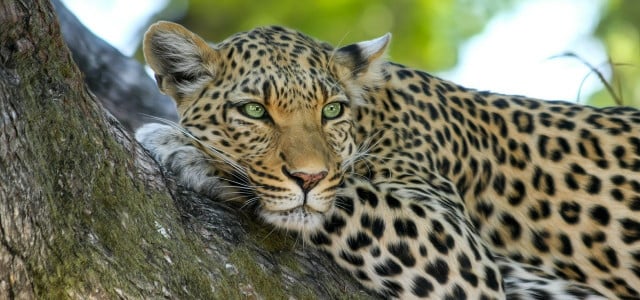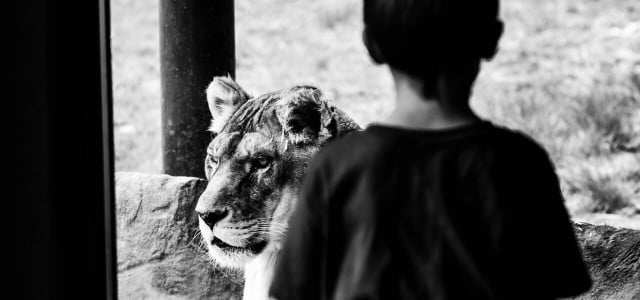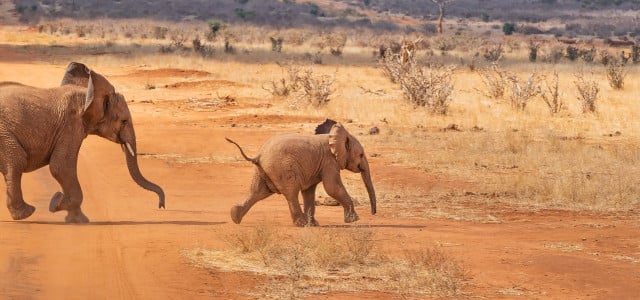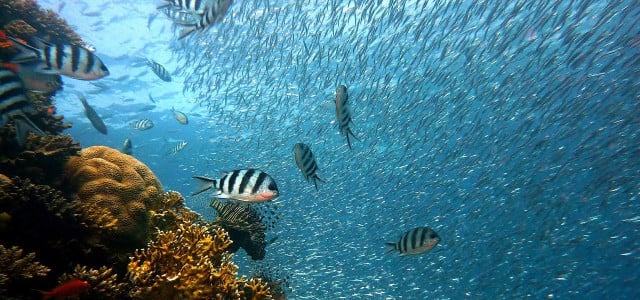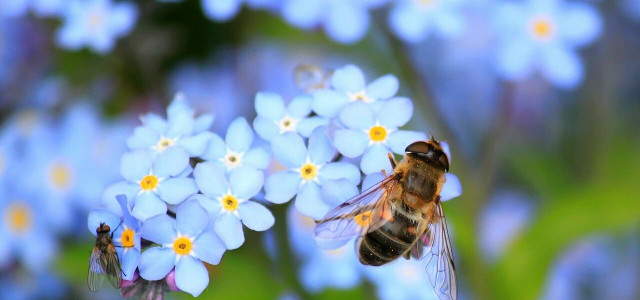From habitat loss to overhunting, endangered animals face many threats. These are the most endangered animals in the US, how they got to be that way and what you can do to help.
Many of the most endangered animals in the US are well-recognized, but the list also includes some lesser-known (and equally as lovable) animals you might not be aware of. We’ll discuss the 15 most endangered animals in the country: where they live, how their survival is threatened if any groups are taking action and what you can do to help. Keep reading to learn about our most endangered species.
1. Florida Panther
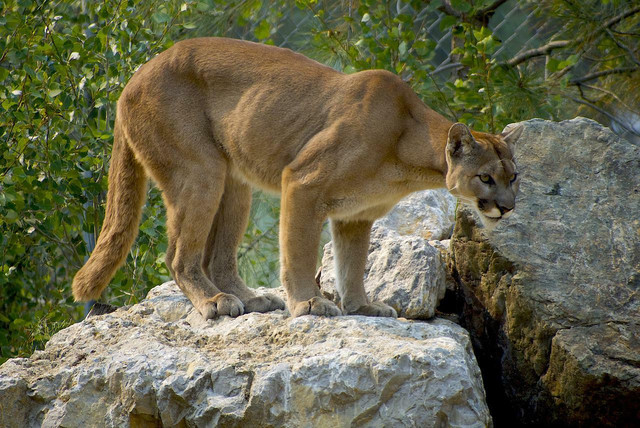
(Foto: CC0 / Pixabay / villagequirks)
One of the most endangered animals in the country, the Florida panther is the only subspecies of mountain lion to still reside in the eastern US, though it can now only be found in southwestern Florida. Due to overhunting, only about 120 to 130 Florida panthers still exist in the wild, but this big cat used to roam from Florida to Louisiana, throughout the Gulf Coast states and as far away as Arkansas. The Florida panther was one of the first species added to the endangered species list in 1973.
There is a lot of fear and stigma around big cats in the US because of their size and ferocity, but while attacks can happen to humans, they are incredibly rare. Florida panthers need ample space to roam, which is increasingly difficult with human development diminishing their territory. Highways running through previously entirely wild areas have also led to a number of them being killed by cars and trucks.
The Florida Wildlife Corridor Foundation aims to create safe passages underneath highways, allowing better access for wildlife to roam freely throughout their native territories without the danger posed by highway traffic. While wildlife conservation in Florida has widespread support, large-scale housing development continues to engulf the land that Florida panthers — and many other species — call home.
Though the Florida panther going extinct may not substantially impact the surrounding ecosystem, it might foreshadow the fate of cougar populations throughout North America. The extinction of cougars in North America could cause imbalances among other mammal populations like deer, rabbits and more — not to mention, it would be bad for biodiversity in general.
If you want to help Florida panther populations, donate to the Florida Wildlife Corridor Foundation or Florida Panther Fund.
2. Florida Manatee
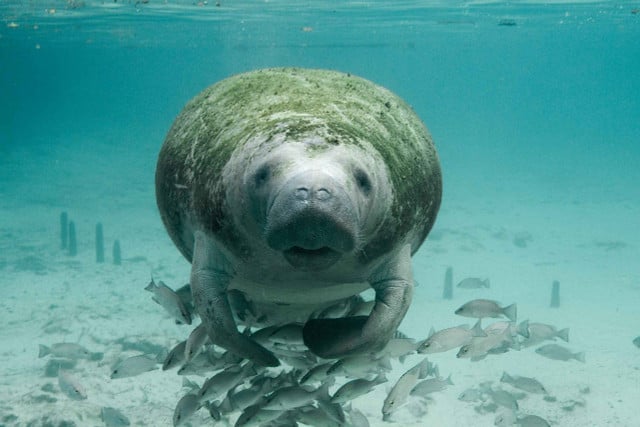


(Foto: CC0 / Pixabay / PublicDomainImages)
Another Florida animal that faces endangerment is the Florida manatee. These gentle water-dwelling mammals first arrived on the endangered species list in 1966, and although hope rose as their population increased for a few years, they have been starving to death in large numbers. This is mainly because seagrass, a staple in their diet, is no longer easily available.
The reason for this scarcity is complicated, but it is connected to pollution from plastics, chemical spills, fertilizer runoffs and wastewater discharge. This pollution has caused algae blooming, which blocks seagrass from the necessary light it needs to grow and gives Florida manatees less to eat.
Last year, the environmentalist groups Defenders of Wildlife, Center for Biological Diversity and Save the Manatee Club sued the US Environmental Protection Agency (EPA) for its failure to the protect the Florida Manatee population. In 2013, the EPA approved water levels in manatee territories as “healthy” despite the fact they contained dangerous levels of phosphorous and nitrogen.
The Florida manatee’s extinction could result in overgrown seagrass obstructing Florida’s busy waterways. By eating and regulating the local vegetation growth, the manatee also keeps mosquito and other bug populations stable.
You can help Florida manatees by donating to the organizations above and by stopping using synthetic fertilizers on your lawn. Chemical fertilizers pollute water runoff and wind up in the ocean.
3. Red Wolf
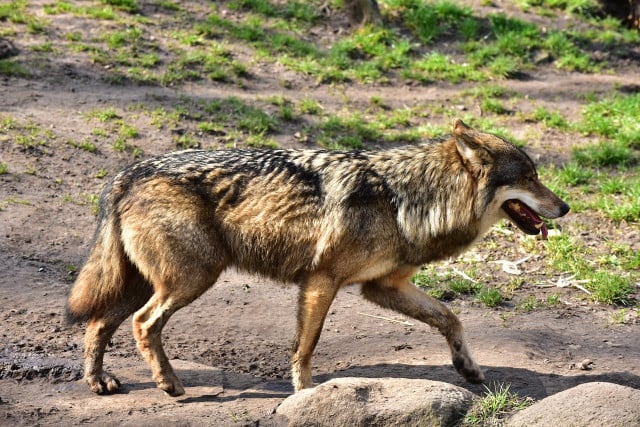


(Foto: CC0 / Pixabay / sipa)
The red wolf, a large carnivore critically endangered in the US, is the most endangered wolf species worldwide due to poaching, trapping and habitat loss. Furthermore, they face threats due to predator control programs and continued land development. Although the red wolf was once common throughout the southeastern US, now only a small number can be found in the wild around the coast of North Carolina.
Organizations including the Red Wolf Coalition, the US Fish & Wildlife Service and the Endangered Wolf Center contribute to the conservation of red wolves. They are taking steps like releasing more wolves into the wild, preparing wolves in captivity to reenter the wild successfully, working to prevent vehicle collisions, and educating the public about the endangered species.
Although red wolves in the wild are incredibly rare — there are an estimated 35 or fewer — wolves are umbrella animals, meaning they have a widespread positive impact on the ecosystems they live in. They do this by killing old or weak prey, thus promoting their prey populations’ genetic strength and diversity. The remains of their game also benefit soil and flora because it acts as a natural fertilizer as it decomposes.
4. Lesser Prairie Chicken



(Foto: CC0 / Pixabay / PublicDomainImages)
Another of the most endangered animals in the US is the lesser prairie chicken. As its name suggests, this bird lives in the shortgrass prairie of the southern Great Plains. Its habitat ranges throughout New Mexico, Colorado, Kansas, Oklahoma and Texas, but the increased industrial use of these lands has depleted its population. These regions are increasingly used for livestock grazing, agriculture, oil and gas extraction, mining, wind-energy production and roads.
Measures to increase the lesser prairie chicken population are pushed by the Lesser Prairie-Chicken Initiative and the US Fish & Wildlife Service. Both organizations provide farmers in the affected areas with tools, resources and education to encourage lesser prairie chicken numbers to grow.
5. California Condor
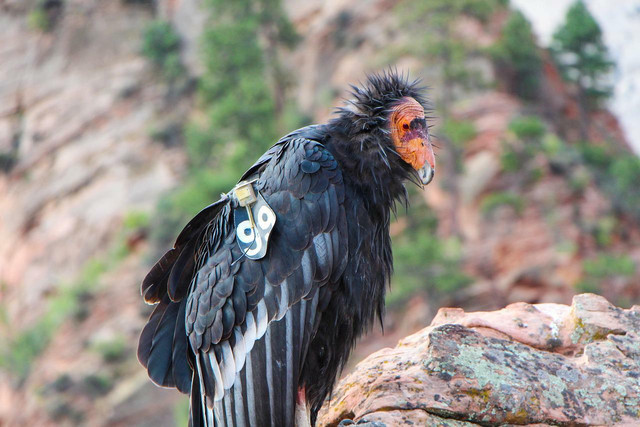


(Foto: CC0 / Pixabay / TC_Perch)
With a wingspan of a whopping 9.8 feet, the California Condor is the largest land bird in North America. Though these birds historically ranged from California to New York and Florida, they faced growing threats from human influence starting in the 20th century and became extinct in the wild in 1987. The surviving birds were kept in the San Diego Wild Animal Park and Los Angeles Zoo, where their numbers increased through captive breeding.
Starting in 1991, California Condors were reintroduced into parts of southern Utah, northern Arizona, coastal California and Baja California. However, these birds to face the same threats that led to them almost disappearing 1987: poaching, lead poisoning, habitat destruction and pesticide chemicals. With lead poisoning still a serious problem, in 2007 the US government enacted the Ridley-Tree Condor Preservation Act to create a lead-free zone. Since 2019, California has required the use of non-lead ammunition while hunting game and wildlife.
California condors are highly beneficial to their ecosystems because they scavange and eat already dead animals. This lessens the spread of disease, as condors can eat diseased carcasses without catching or spreading the disease themselves, decreasing the risk of other animals becoming sick.
The California condor is also a key figure within the oral traditions of many Native American tribes. Indeed, many tribes have taken measures to increase the health of condor populations. The Yurok Tribe in the Redwoods National Park protects condor populations with the Yurok Condor Restoration Program, which partners with the US Fish and Wildlife Service to ensure condors have safe places to nest, eat, fly and live.
6. Black-Footed Ferret
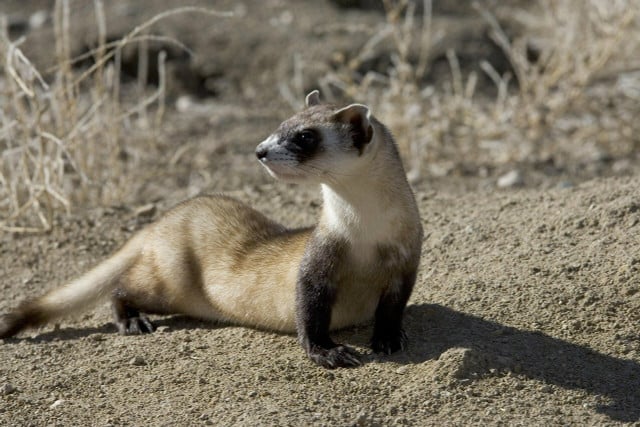


(Foto: CC0 / Pixabay / PublicDomainImages)
The black-footed ferret lives in the prairies of South Dakota, Wyoming, Arizona and Montana. This creature faces extinction because much of its habitat has been plowed for agricultural use. The ferret’s main food source, prairie dogs, have also decreased in number.
You can contribute to the conservation of the black-footed ferret by donating to the American Ferret Association, adopting a black-footed ferret or the Associations of Zoos and Aquariums.
7. Bryde's Whale
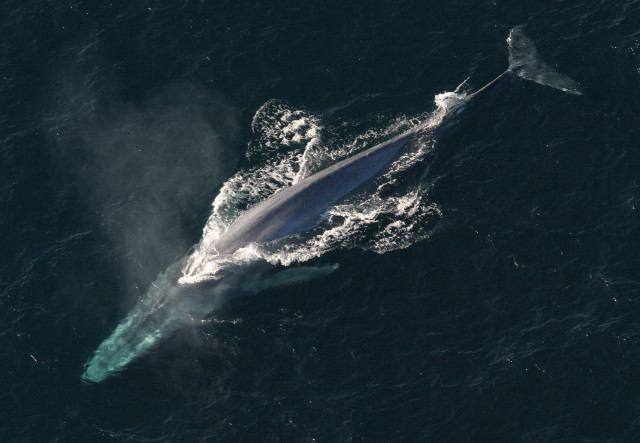


(Foto: CC0 / Pixabay / janeb13)
The Bryde’s whale, considered one of the great whales — the same group as blue whales and humpbacks — is another of the most endangered animals in the US. Bryde’s whales have an expansive habitat and can be found worldwide in warm to temperate waters.
These whales are threatened by dangers like vessel strikes, which can injure or kill them, and ocean noise, which is underwater noise pollution that can hinder their ability to communicate. Outside of the US, whaling also poses a danger to their numbers.
Whales are vital to marine ecosystems, stabilizing food flow and maintaining healthy oceans. Consequently, the rapidly declining whale population is likely to have a major effect on the ocean.
8. North Atlantic Right Whale
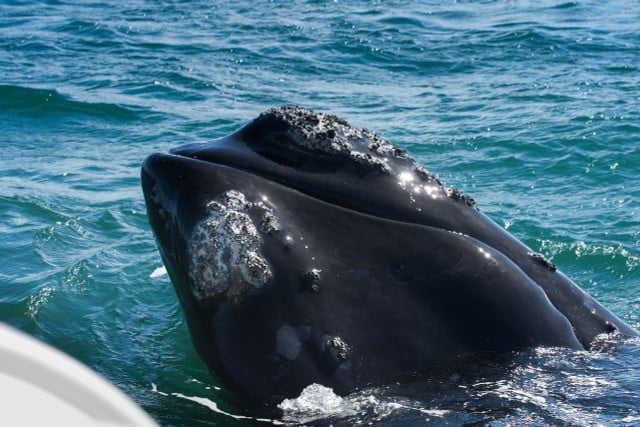


(Foto: CC0 / Pixabay / itprax)
The North Atlantic right whale is one of the largest endangered species in the world. Current estimates conclude there are less than 350 left in the wild. In the late 19th century, whaling brought this species to the brink of extinction and its population has never fully recovered. They now face threats from net entanglement and vessel strikes. The right whale is now mostly found along the Atlantic coast of North America.
North Atlantic right whales are protected under the Marine Mammal Protection Act. Organizations such as NOAA fisheries promote the conservation of the North Atlantic right whale by lobbying to protect its habitat, rescuing entangled whales, reducing the risk of vessel strikes and fishing gear injuries, and minimizing noise pollution.
Marine animals are often overlooked in conservation efforts, as they are arguably less cute, and less appealing in conservation campaigns. Check out this listicles that might change your mind on some of the least liked ocean creatures there are: 6 Wholesome Shark Facts (Plus A Surprisingly Creepy One)
9. Monarch Butterfly
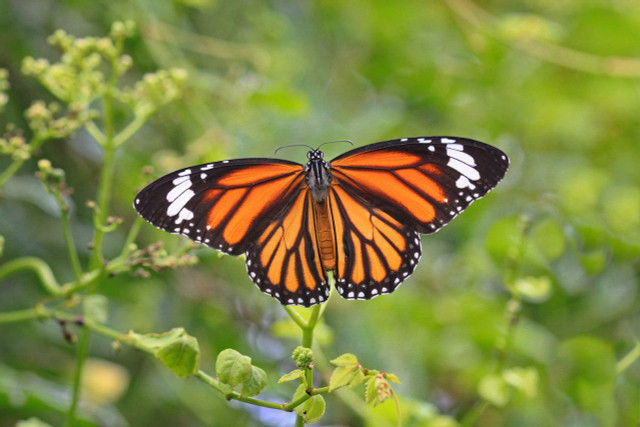


(Foto: CC0 / Pixabay / gyulche1)
The monarch butterfly is an extremely recognizable butterfly due to its distinctive orange and black outlined wings. They are amazing creatures, annually migrating over 3,000 miles between Canada and Mexico.
Monarchs are threatened by deforestation occurring in their winter habitat in Mexico. They also face disruption of their migration due to climate change and the loss of native plants along their migratory route.
WWF Canada is working to maintain the native plants along the monarch migratory route across Canada, the US and Mexico to protect the monarch’s habitat and ability to eat. To do so, the organization must also fight to protect forests and combat climate change.
To help the monarch butterfly, you plant milkweed seeds, which it depends on for energy. Other plants you can grow to support monarchs include late-blooming native species such as pale purple coneflower, black-eyed Susans, asters and goldenrods.
10. Loggerhead Sea Turtle
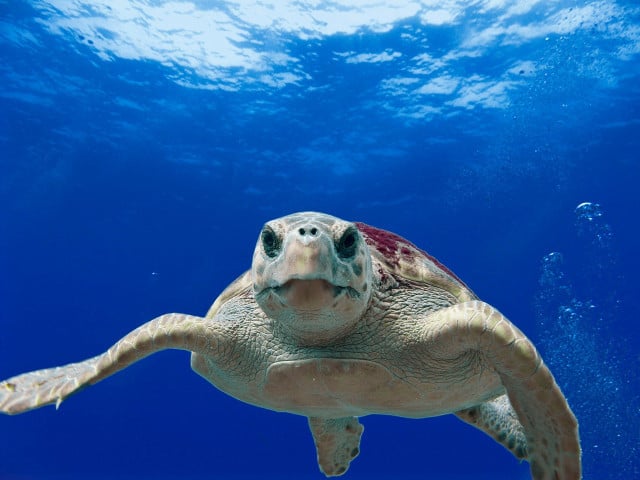


(Foto: CC0 / Pixabay / 12019)
Loggerhead sea turtles, named for their large heads and powerful jaws, are found around the world in coastal areas and estuaries in the continental shelves of the Pacific, Atlantic and Indian Oceans.
Threats to the turtles’ nesting habitats, from coastal development, predation of nests and human disturbances, put this animal in danger of extinction. Other perils the loggerhead face include capture by fishing lines and nets.
Loggerhead sea turtles are crucial to marine ecosystems and maintain the health of coral reefs and sea grass beds. The turtles also carry entire ecosystems on their shells. As many as 100 species of flora and fauna have been shown to live on the back of one loggerhead turtle.
They are protected under the Endangered Species Act, which obligates the Federal government to protect all endangered species living within US borders, including in the ocean.
Organizations like the WWF raise money to increase populations of threatened species like the loggerhead sea turtle to protect its habitat and lower the risk of fishing incidents that entrap the turtle. You can help by donating to the WWF.
11. San Joaquin Kit Fox
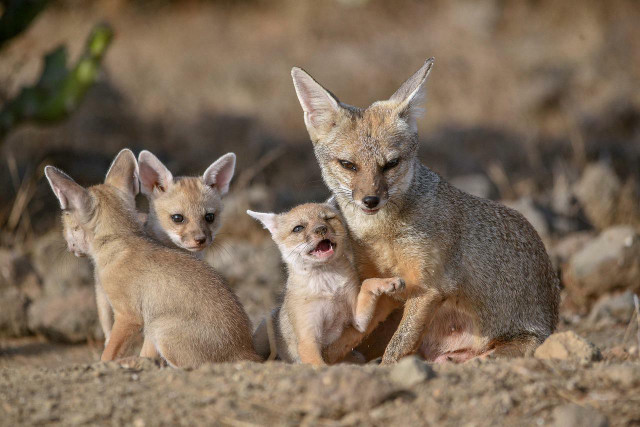


(Foto: CC0 / Pixabay / imranhussain1343431)
The San Joaquin kit fox is one of the United State’s most endangered species and, despite conservation efforts, have remained on the list for more than 50 years. Its native habitat is the San Joaquin valley in California.
This fox species faces extinction due to extensive use of pesticides and rodenticides, habitat loss because of agricultural, industrial and infrastructure projects and vehicle strikes.
Efforts continue by conservationist groups to prevent any further loss and fragmentation of the kit fox habitat. IN 1987 The US Fish & Wildlife Service created the San Joaquin River National Wildlife Refuge to defend the kit fox’s habitat, protect other endangered species and offer a safe haven for migratory birds.
You can help by donating or volunteering at the San Joaquin River National Wildlife Refuge.
12. Mississippi Gopher Frog
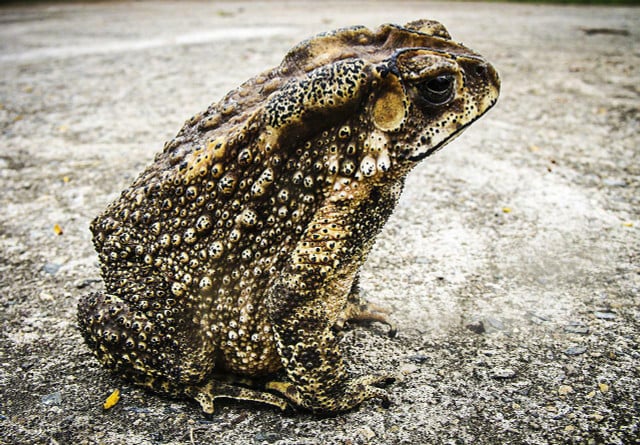


(Foto: CC0 / Pixabay / Josch13)
The Mississippi gopher frog used to be found throughout a wide area ranging from Alabama to Mississippi and Louisiana, but now only lives in Mississippi. The gopher frog spend its life in forested areas, either underground or in near-underground and concealed areas.
The frog species’ population has declined due to growing urbanization eating up its habitat. Much of their native longleaf pine habitat has been transformed into agricultural land and pine plantations. The Mississippi gopher frog’s habitat is also under threat from construction, highway expansion and drought.
The State of Mississippi classified the gopher frog as endangered in 1992, and the US Fish and Wildlife Service did so as well in 2001. The latter set aside 2,000 acres of protected habitat for the frog species — it requires federal permits to alter these zones.
Additionally, biologists at zoos have initiated breeding programs to increase the frog’s population by breeding its tadpoles in a controlled environment before releasing them into the wild.
13. Atlantic Bluefin Tuna
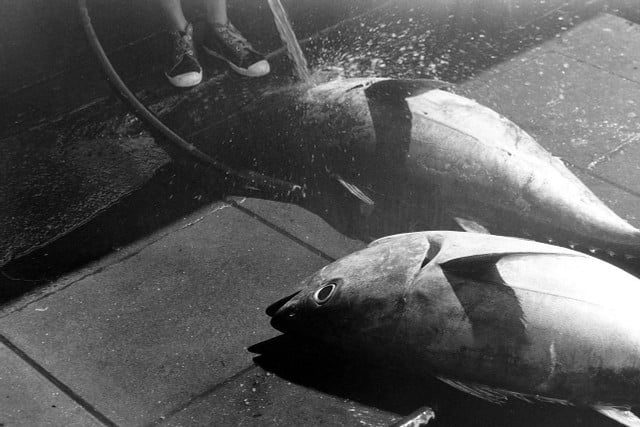


(Foto: CC0 / Pixabay / sirigel)
Another on the list of America’s most endangered species is the Atlantic bluefin tuna, which is just one of 63 tuna species facing extinction. The Atlantic bluefin tuna is found in the North Atlantic Ocean. This species of tuna faces extinction from overfishing and illegal fishing because of its highly coveted status in the food industry.
The Atlantic bluefish tuna, an apex predator, contributes to its surrounding ecosystem by keeping its prey’s population balanced. They eat squid, crustaceans, mackerel, herring and other fish. If predator and prey populations become unbalanced, far-reaching effects are felt all throughout the food chain. Considering they feed a number of sharks and whales, the extinction of the Atlantic bluefin tuna would also result in food scarcity for other marine life.
To address the problem of overfishing, catch quotas have been put into place to keep fishing at healthy levels; however, this can be difficult to oversee. Current regulations in place to protect tuna populations are not accomplishing enough, and due to the incredibly high demand for tuna to supply food industries worldwide, its populations are continuing to decline. More protected areas must be created within spawning grounds to prevent overfishing.
You can do your part by not eating tuna, whether canned or in sushi, and spreading the word about the threat tuna face. A healthy tuna population would be advantageous for the fishing industry as a whole.
Pro tip: Instead of eating sushi with tuna, try Veggie Sushi Rolls for a sustainable and delicious option.
14. Woodland Caribou
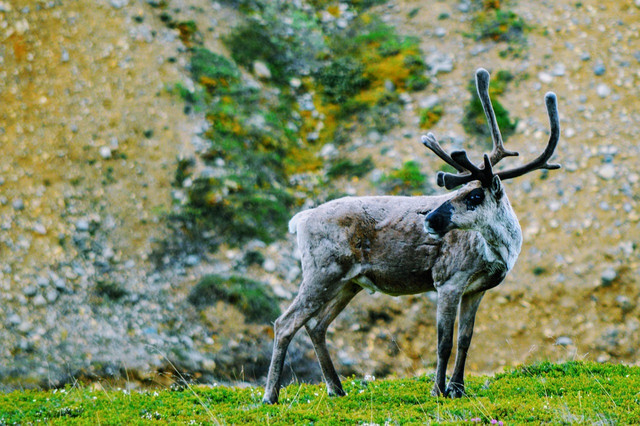


(Foto: CC0 / Pixabay / rustymillsFC)
The woodland caribou, a North American subspecies of reindeer, is found throughout Canada, Alaska and Idaho. Idaho’s caribou regularly migrate between Canada, Idaho and Washington.
Woodland caribou face the threat of extinction due to habitat loss and fragmentation. Humans contribute to the destruction of the caribou’s habitat through logging, oil and gas exploration and extraction, and road construction.
Since 2019, the woodland caribou have been listed under the Endangered Species Act. Initiatives to protect this species target the protection of its habitat to encourage sustainable caribou populations. Additionally, efforts to protect this reindeer subspecies include work by industry sectors to promote recovery research, restore habitats and reduce the impact of human disturbances.
To contribute to woodland caribou conservation efforts, you can donate to the Alberta Wilderness Association and EXPOSED Wildlife Conservancy. You can also learn more and spread the word through the Woodland Caribou Awareness Project.
15. Franklin’s Bumblebee
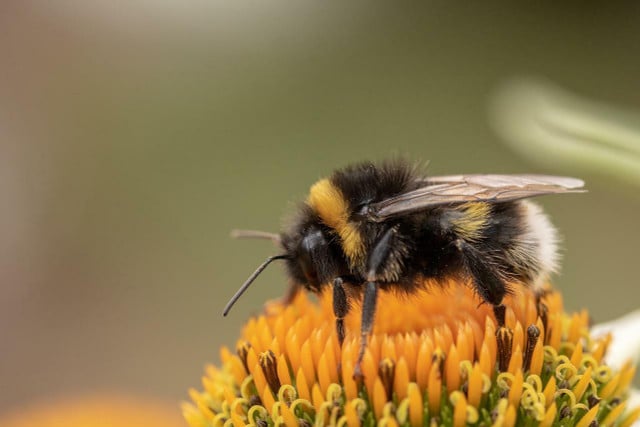


(Foto: CC0 / Pixabay / Myriams-Fotos)
Found only along the Oregon-California border, the Franklin bumblebee has the smallest range of any bee, and hasn’t been officially sighted since 2006. The last creature to top our list of the most endangered animals in the US is a unique black and yellow bee, and the first in the American West to make the list of endangered species.
The Franklin’s bumblebee collects pollen from many different wildflowers. We know they mostly collect from lupines and poppies, and also gather nectar from mint. Much is still unknown about this species, and it’s not clear what effect their disappearance could have on the larger ecosystem; however, judging from what we know about the importance of bees as pollinators, its likely thier extinction would have a widespread impact.
To learn more, read: What Happens if Bees Go Extinct? 10 Things That Would Disappear
Franklin’s bumblebee faces numerous hazards such as pathogens from commercial bees, pesticides and a historically small population and range. Even though the Franklin bumblebee hasn’t been seen in 15 years, it’s still possible that it exists in the wild — it doesn’t like to visit farms and other agricultural sites and prefers to range in the wild. There have been other instances in which researchers have rediscovered bees and other insects assumed to be extinct.
The Xerxes Society for Invertebrate Conservation is a prominent initiative focused on investing in research of endangered and threatened invertebrates and advocating for the protection of those species. In 2010, Xerxes filed a petition requesting the US Fish and Wildlife Service list the Franklin bumblebee as endangered.
To contribute to bee conservation, use chemical-free pesticides on your garden or lawn, grow bee-friendly plants and flowers, or consider making a a DIY bee bath. To help bumblebees in particular, grow:
- Mint
- Sage
- Larkspur
- Snapdragon
- Thistles
Read more:
- Endangered Trees: 10 At-Risk Species
- Environmental Organizations: 8 NGOs and Non-Profits Worth Supporting
- Are Honeybees Endangered? How to Help the Honeybee
Do you like this post?






